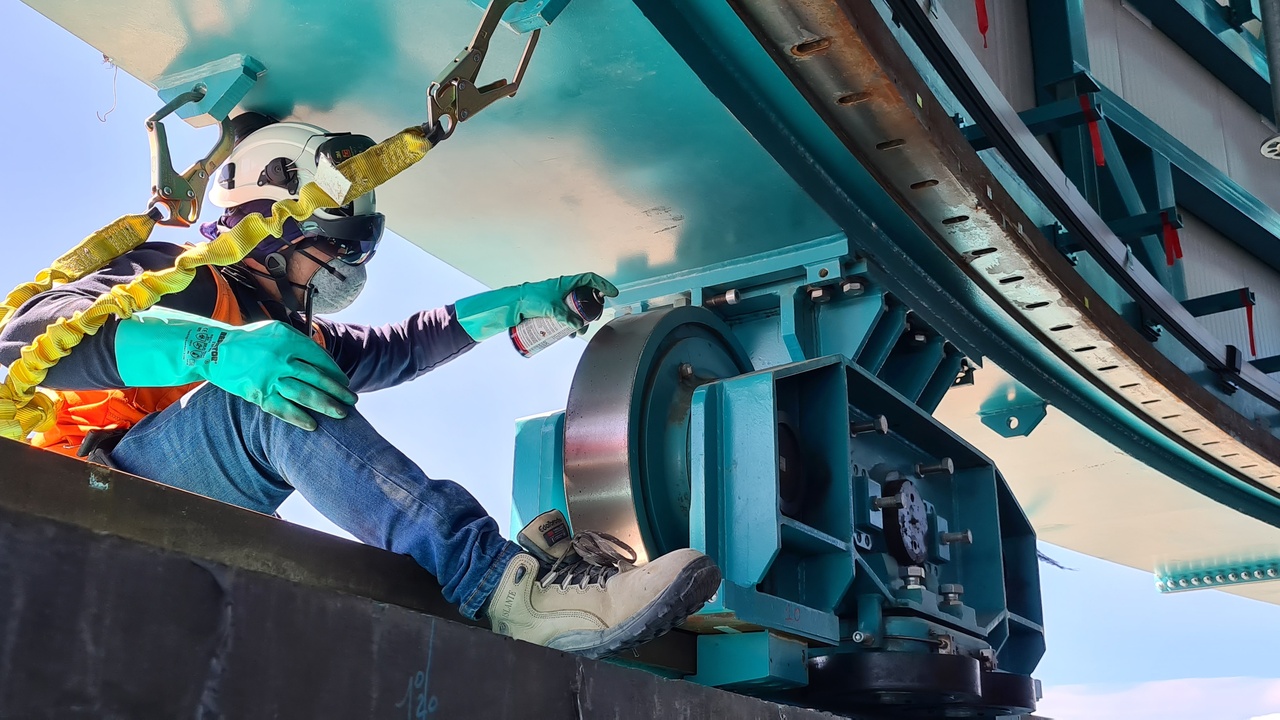April 24, 2020 - It's been just over a month since construction on Rubin Observatory stopped because of concerns over the COVID-19 pandemic, and although we don't have a definite date when activities can resume, the Project team is busy making plans for how that can safely happen when it's time. In the meantime, since the shutdown began we've been sending small teams (using all the appropriate precautions and safety measures) to Cerro Pachón about every two weeks to inspect the facilities and equipment on the summit and perform necessary maintenance tasks. The workers travel to the summit in individual vehicles, and only those whose expertise is essential to completing that day's list of pre-arranged tasks make the trip.
The first inspection took place on March 31st, and involved a crew of six people. In addition to inspecting the equipment in the main and ancillary buildings, the team collected a list of items that had been requested by staff in La Serena for telework productivity during the closure.
On April 14th, a team of ten individuals traveled to the summit for a second inspection. By now there were a few maintenance activities to perform, like oiling the dome tracks and bogies (which roll along the tracks as the dome rotates), and adjusting the jacks holding heavy pieces of the partially assembled Telescope Mount Assembly (TMA) in place. In the storage building adjacent to the main facility, the airbag cushions below the Primary/Tertiary Mirror (M1M3), which had lost some pressure, were re-inflated.
The Rubin Observatory Construction Project team had discussed ways to reduce rental costs during the shutdown, and had concluded that the 200-ton-capacity mobile construction crane would not be critical for the rest of the TMA installation. So the following day, on April 15th, another crew of about ten people from the rental company and Rubin Observatory returned to the summit to retrieve the crane (it took four trucks to bring it down the mountain). In addition to saving money for the Project, the removal of the crane frees up valuable space on the summit.
These inspection and maintenance trips to the summit will continue as long as the construction site is closed, with the goal of ensuring that everything on the summit stays in good condition until work can resume. Additional photos are available in the Gallery.


